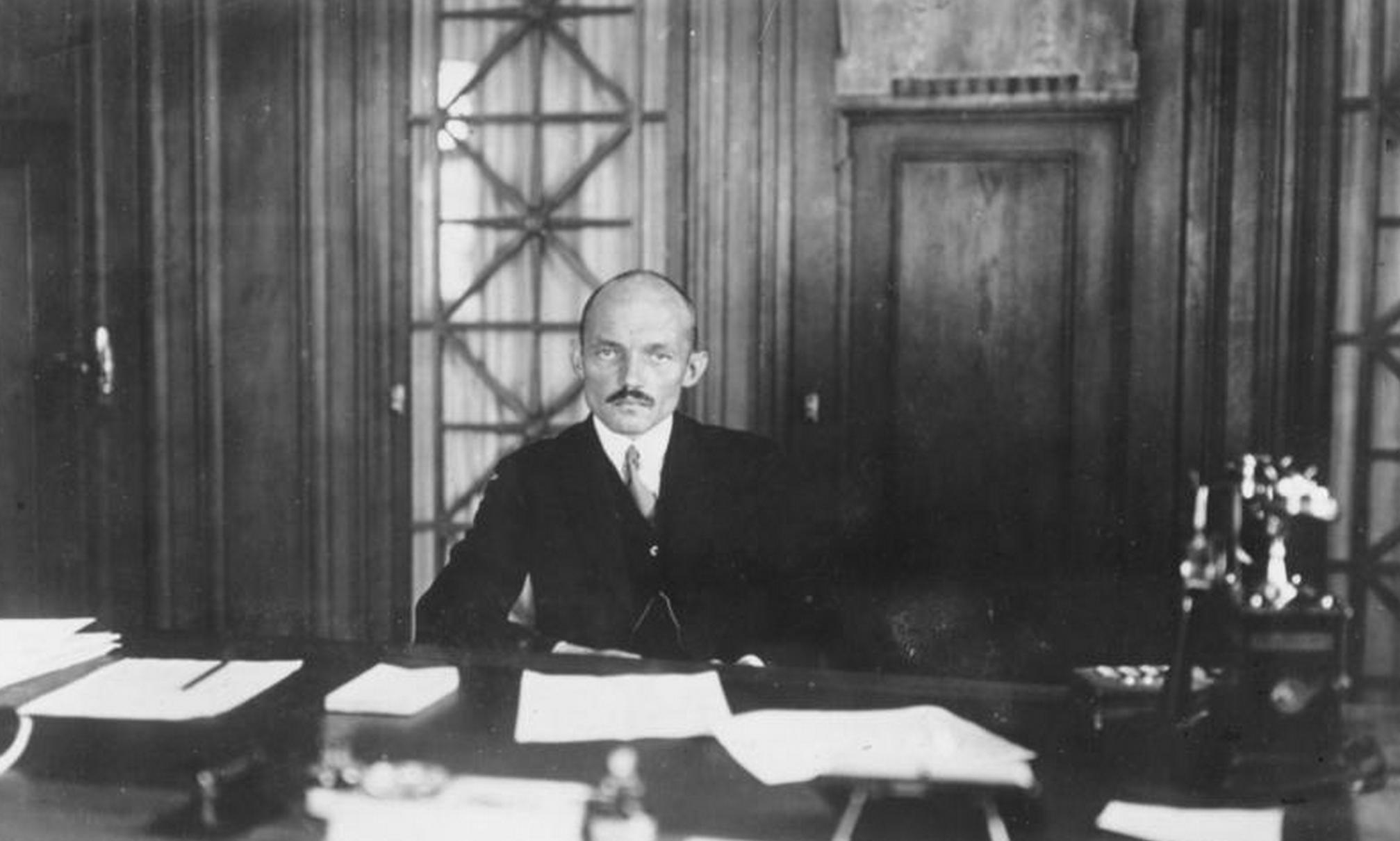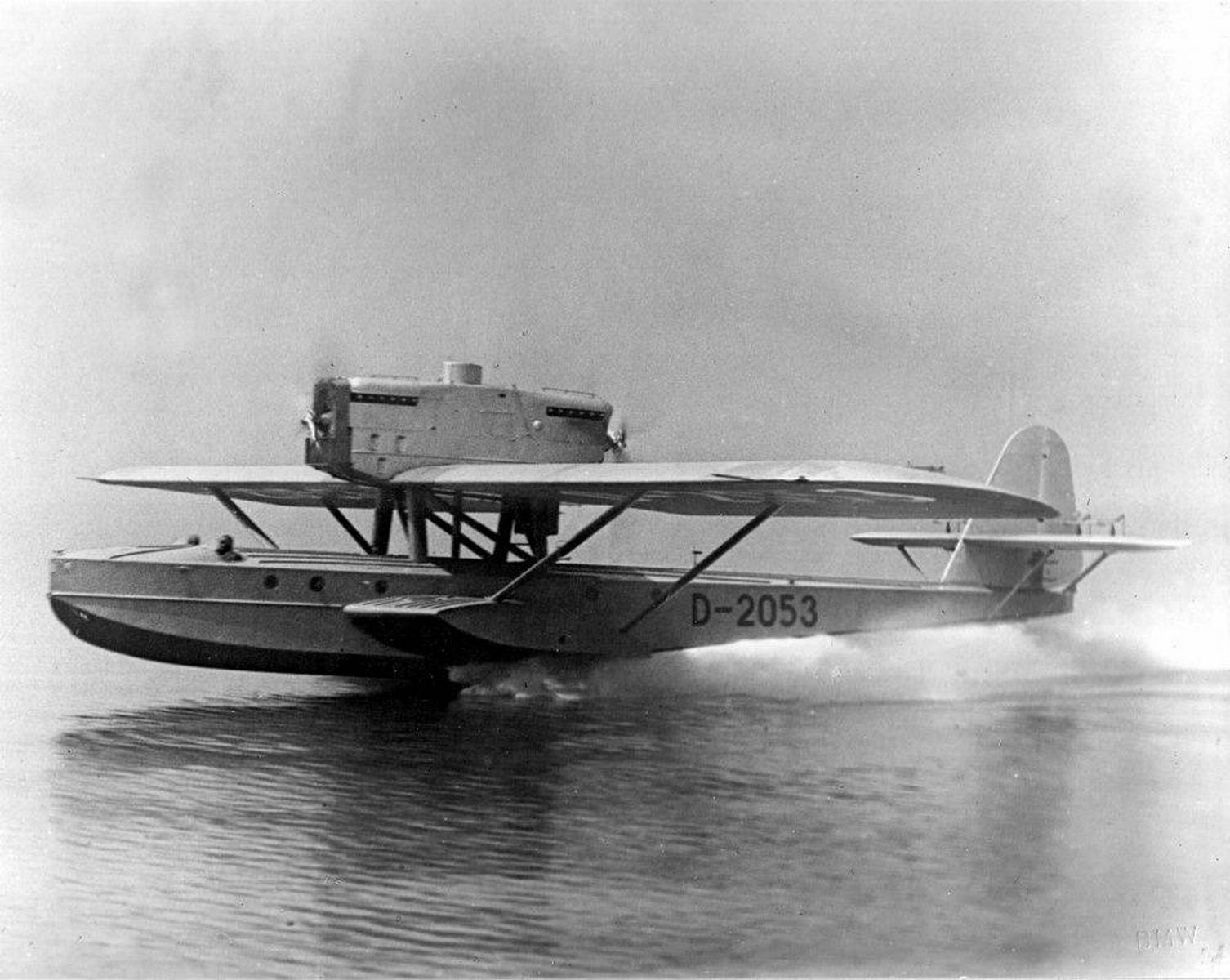Long Life of Claude Dornier

On May 14th, the famous German aircraft designer and entrepreneur Claude Dornier celebrated his 140th birthday.
Claude (Claudius) Honoré Désiré Dornier was born in 1884 in Kempten, located in southern Bavaria. His family had mixed heritage: his father was French, and his mother was German. Claude was the fourth child, and three more siblings followed. His father had a wine-selling business, which ensured a comfortable lifestyle for the family.
From a young age, Claude showed an inclination towards studying exact sciences. He received a good education, graduating from the Royal Bavarian Real School and then the Royal Industrial School in Munich before enrolling at the Munich Technical University. He enjoyed his studies and also found time for mountaineering and music.
After obtaining his diploma, in 1907, Dornier started working as an engineer at the Nagel engineering plant in Karlsruhe. His career progressed successfully, but he had to interrupt it due to a family crisis. His father fell seriously ill, their business declined, and there was a need to support the younger siblings. After assisting his family, Claude radically changed his professional direction in 1910. He achieved his long-desired position at the Luftschiffbau Zeppelin airship company in Friedrichshafen on Lake Constance, led by Count Ferdinand von Zeppelin. The aviation pioneer quickly recognized the young engineer's talent, appointed him as his scientific consultant, and entrusted him with work on promising projects.
Soon, Dornier took charge of a new direction - aircraft development. In 1914, after the start of World War I, his division became a subsidiary of the Zeppelin company and moved to another district of Friedrichshafen. A series of aircraft were developed here, including the largest flying boat of the time, the Rs.III, which we have a separate article about on our website.
In 1917, Dornier became the director of Zeppelin-Werk Lindau (ZWL), part of the Zeppelin group and located in Lindau. However, by the end of the war, none of his aircraft became mass-produced - at best, only a few prototypes were built.
Germany's defeat in the war led to the almost complete collapse of this company's activities. Moreover, in 1918, Claude experienced a personal tragedy. His wife Olga died of the Spanish flu, leaving behind two sons for the engineer. He remarried almost ten years later, and in this marriage, he had four more sons and one daughter.
Thanks to Dornier's entrepreneurial energy, the ZWL company survived. In 1922, Claude acquired part of its shares, after which the company was renamed Dornier-Metallhäusern GmbH. However, due to post-war restrictions, it could only produce single-engine civil aircraft in Germany. Under these conditions, Dornier managed to achieve commercial success. His passenger aircraft "Comet" entered the international market. In particular, they were purchased by the Ukrainian Air Travel Society, as our website recently reported in a separate article.
To produce larger aircraft, a facility was established in the Italian resort town of Marina di Pisa. There, the twin-engine flying boat Wal took to the skies, proving to be very successful. Military and civilian operators from a dozen countries purchased it. This machine made Dornier a star in global aviation.
In 1926, he founded a plant on the Swiss shore of Lake Constance, where he implemented his most ambitious project. In July 1929, the first flight of the Do X flying boat was made - the largest aircraft in the world at that time. It was equipped with twelve engines, had a takeoff mass of over 52 tons, and could carry up to 169 passengers - a record that remained unmatched in the first half of the 20th century. It was envisioned that the aircraft would become a successful transatlantic liner. However, it turned out to be too complex and expensive, especially as the world was hit by the Great Depression, causing a collapse in demand for air travel. As a result, only 3 such airships were built: one funded by the German state and two ordered by the SANA airline from Genoa, but they were used by the Italian Air Force.
Improving his business, Claude took over the Dornier-Werke GmbH company in Germany in 1932, which focused on military themes. With Hitler's rise to power, its fortunes rose. Although Dornier was not a staunch supporter of the Nazis, in 1940 he joined their party. Perhaps he was influenced by the example of Hugo Junkers, who did not hide his liberal views and, despite all his authority, remained in business and fell into complete isolation, effectively under house arrest. Throughout World War II, the Dornier company supplied Luftwaffe with aircraft of several types. Most were bombers from the Do 17/Do 217 family - over 4000 units.
After Germany's defeat, both the Dornier company and its leader collapsed. Aircraft factories were destroyed or confiscated, and even the family home in Friedrichshafen became a ruin. Dornier himself spent several months in prison in France, underwent denazification, but did not face major repression. With a small group of employees, he tried to start from scratch in Switzerland, and then in Spain. They even created a light short-takeoff-and-landing research aircraft, the Do 25. His subordinates treated their boss with great respect. And he knew how to inspire and maintain team unity and never forgot what he owed to his like-minded people.
Returning to Germany, Dornier and one of his elder sons founded the Lindauer Dornier GmbH company in Lindau. It successfully dealt with the development and production of weaving looms and other equipment for the light industry.
In 1954, Dornier returned to aviation, establishing the headquarters of his new company, Dornier GmbH, in Immenstaad, again on the shores of Lake Constance. Developing the concept of the Do 25, a light aircraft Do 27 was created in 1956, which became the elderly designer's first post-war success. Over the decade, over 600 such machines were produced, most of which were ordered by the power structures of the FRG. Thus, during his long life, Claude Dornier managed to fit into the armament of both imperial, Nazi, and renewed democratic Germany.
He contributed to the development of several other projects, including the multi-purpose short takeoff and landing aircraft Do 28. Only in 1962 did the very elderly entrepreneur retire and settle with his wife Anna in his beloved Friedrichshafen. Claude Dornier passed away on December 5, 1969.
Rostyslav Marayev

 Fan-page
Fan-page Youtube
Youtube TikTok
TikTok Aviamuseum
Aviamuseum State Aviation Museum
State Aviation Museum




_1715757515_1.jpg)